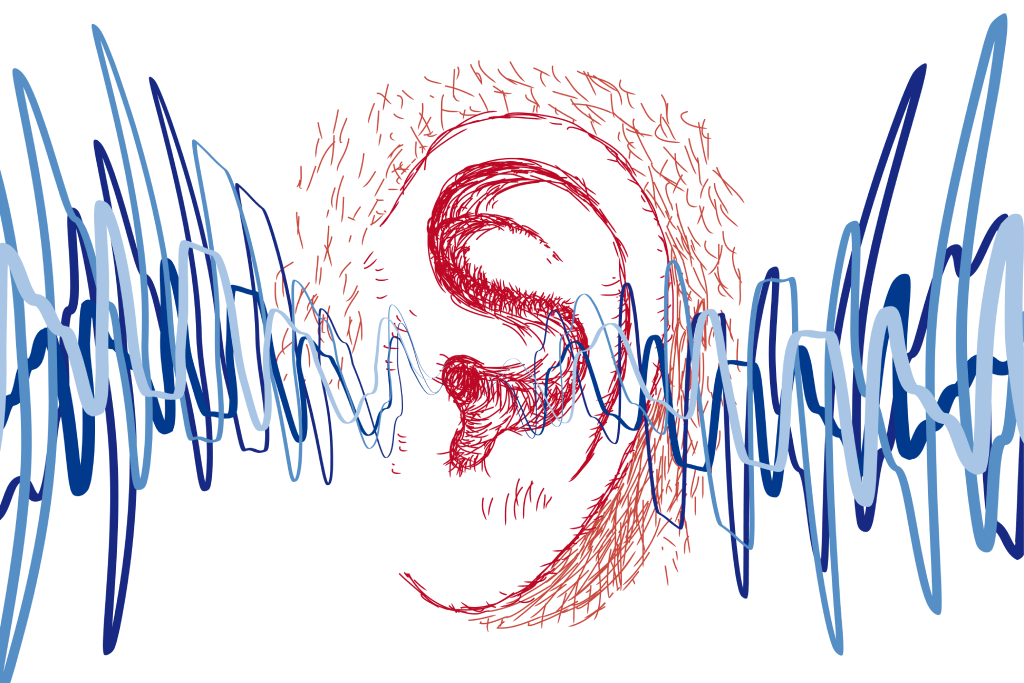In a research published in the academic journal “Nature Communications”, Josh McDermott explained how he employed computational modeling to analyze factors that affect how humans can hear pitch. This kind of model closely simulates that of humans — but only when it is trained using music, voices, or other naturalistic sounds.
This study connected an artificial neural network with an actual model of the mammalian ear, combining the power of machine learning with observations from biology. This kind of machine learning models are actually the first that may be trained to do complex auditory tasks at human levels of performance.
In addition to that, the team has found out that the timing of nerve signals initiated in the cochlea is critical to pitch perception. In a healthy cochlea, McDermott explains, nerve cells activate precisely in time with the sound vibrations that reach the inner ear.






Comments